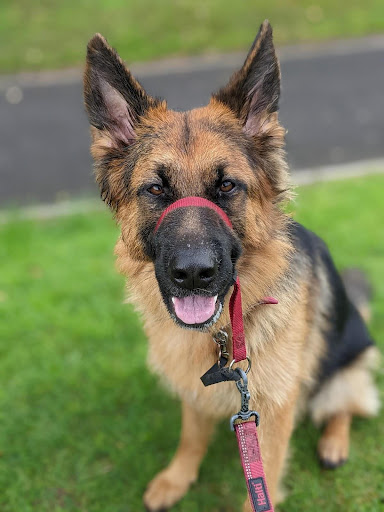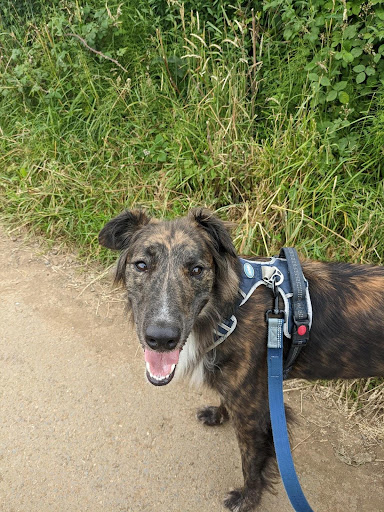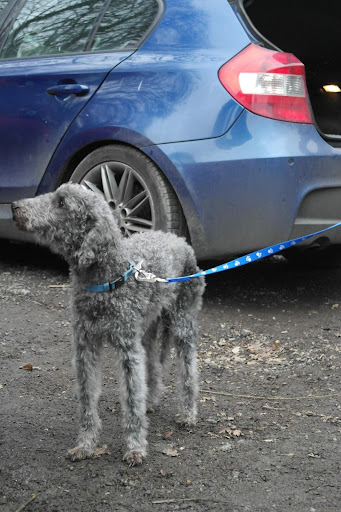
Written by Ali of www.alisanswers.com specifically for Our Dog Friends.
Does your dog pull on their lead? How do you respond? Have you sought a trainer? Dogs pulling on leads can make walkies a thing of nightmares! But why does your dog pull, and how can you fix this?
Why?
Dogs pull on leads for many reasons:
- Instinct
Obviously, as a loving pet owner, you don’t want to hurt your dog, however when a dog pulls it can be instinct to pull back… Well it can be their instinct too – to pull against that which is holding them back, i.e. you!
- Their Pace is Faster
Dogs typically walk faster than us and need to be taught to walk to our pace, being tethered to a human is something they have to get used to.
- To Get What They Want
Dogs can have tunnel vision or scent and pull to go after what they see or smell, or because pulling will get them to their desired destination (e.g. park) quicker!
- Wrong Equipment
Are you using the incorrect walking equipment for your dog/ breed? For example, a Husky is bred to be put into a harness and to pull a sled – if your Husky is in a harness, it’s instinct is “pull”!
I use a harness with my Lurcher, which works well, but my German Shepherd in a harness believes she is a sled dog! However, with her Gentle Leader headcollar on, she walks nicely on lead.


Wrong equipment could also mean that it doesn’t fit right, or that – though a harness is correct for your dog – you’re using the wrong type or it’s not fitted correctly.
- Behavioural
(i) Anxiety can cause pulling. Anxiety is an issue that will need to be more deeply addressed with a vet and a behavioural trainer, or a veterinary behaviourist. Anxiety can range from mild to debilitating, and may even require medication, which is why it’s best to seek professional assistance.
(ii) Hormones – the teenage phase can cause your once pleasant to walk puppy, to be a nightmare puller! Hormones cause a behavioural change in your dog; with some this can be very noticeable, like with their behaviour on-lead.
Dogs need consistent training throughout their lives – the teenage stage is no different! Be careful thinking you’ve got it easy with a well trained, well behaved pup as it can all seem to go out of the window when they become a teenager! However, instilling good training and behaviour in your young pup will put you in better stead for working (with a trainer, if necessary) through the teenage phase!
(iii) Rewarding. Pulling can be self-rewarding to dogs – they enjoy pulling so much that they continually do this.
Sometimes any attention (even negative) is a reward, so no matter what you say to your dog, the fact you’re giving them attention when they exhibit this behaviour, is reward enough to them, to encourage them to continue.

Damage:
If you harshly pull your dog back when they pull you, this can result in injury, such as;
- Collar/ Slip Lead: Damaged thyroid, oesophagus/ trachea, neck muscles, vertebrae (neck bones).
- Harness: (depending on type) Damaged shoulder, legs, chest, back.
An ill fitting or wrong size of harness can cause skin irritation, fur matting or loss, and put pressure on your dogs legs, chest, back, etc. if too tight or allow your dogs to slip out if too loose.
If a lead is (a) Too Short – this could cause your dog to pull as they want to walk in a more comfortable position, or (b) Too Long – your dog is pulling as they want more range to roam and there is a distinct lack of control with your dog on too long a lead.